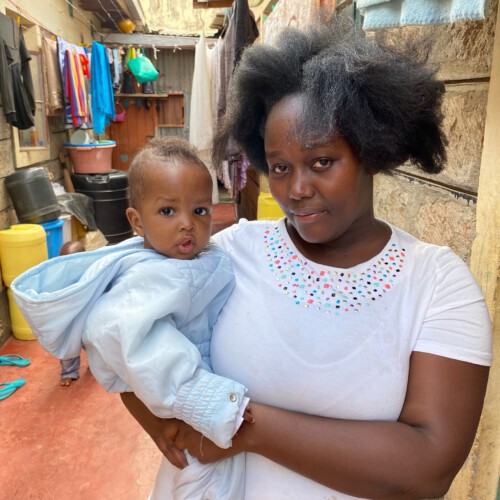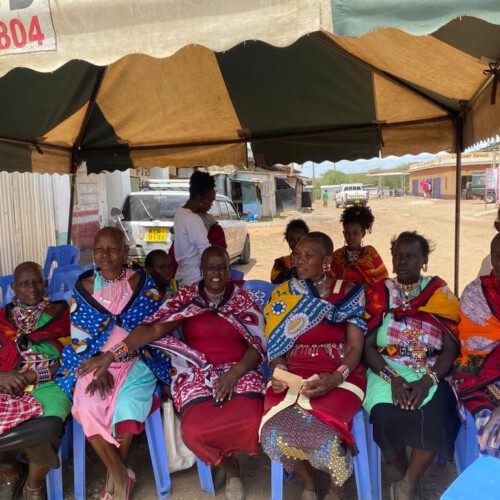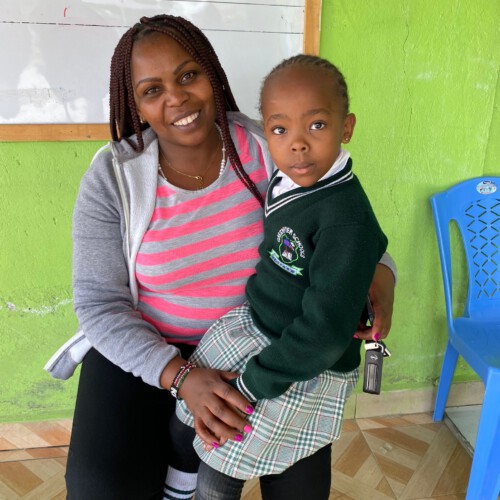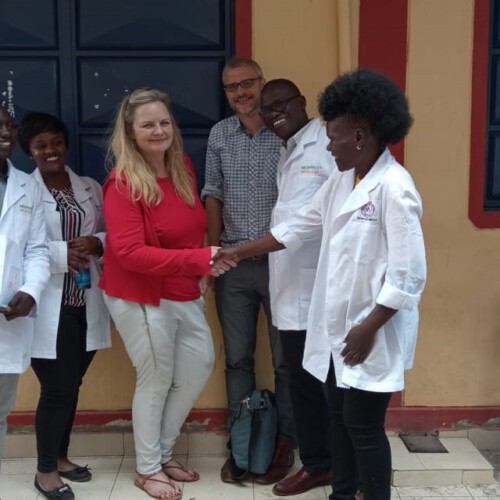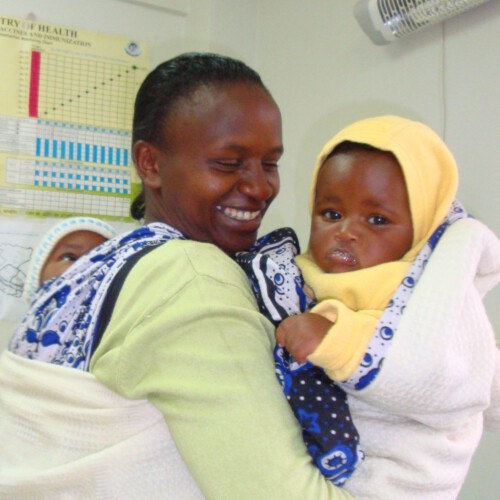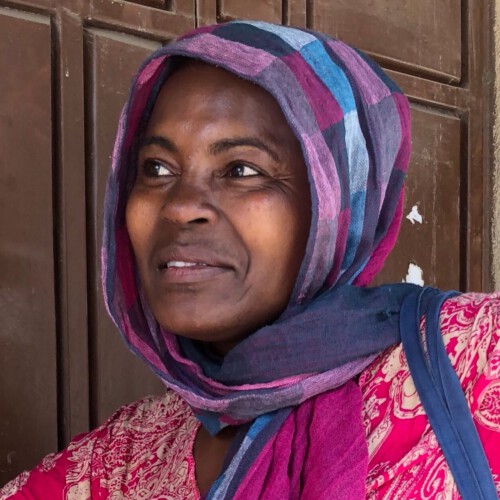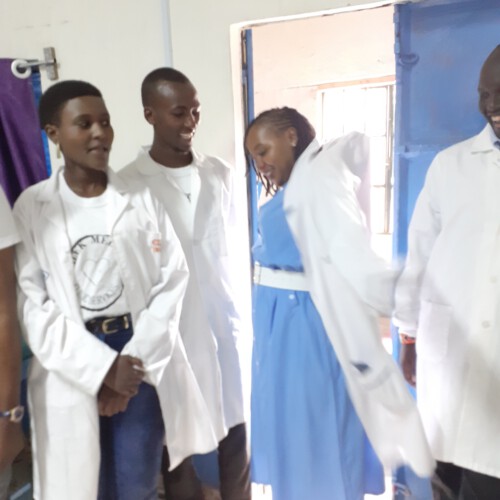We empower women in two slums in Nairobi through medical care and prevention.
Our local projects
Our patients
Pre-natal care, cancer screening and medication to prevent unwanted pregnancies are firmly anchored in the health system in Kenya and are free of charge. However, the reality is very different: Distant state hospitals, traditional views, ignorance and absolute poverty prevent preventive care from being taken or treatment from being initiated in good time. Especially in poorer areas or rural regions, private providers often provide healthcare. Even if they wanted to, they cannot treat poor people completely free of charge.
We are located in poor industrial regions in Nairobi. People like Tabitha live here and get by with odd jobs. We want to be there for these people, alleviate hardship and also share the joy when it turns out that it is not a child but twins that are being conceived.
HIV is a problem in 10-15% of patients, and it is part of our job to provide advice and refer patients to state hospitals. In this respect too, gynecological care with preventive care and family planning is a fundamental right of our patients.
Gynecology in Kenya
A good 56,000,000 million Kenyans are cared for by around 1200 specialists in gynecology. The specialists are supported by midwives, nurses and clinical officers, an intermediate position between doctors and nurses.
Medical care in Kenya is regulated and financed by the state. However, many patients cannot afford to go to the doctor, and many doctors and hospitals also charge a fee or even demand immediate cash payment for their services. This excludes women in particular from preventive medicine, contraception and pregnancy care. Care in rural areas is significantly worse than in the city, and socially disadvantaged people receive less care than patients who can afford a well-trained doctor.
Around 45% of the total cost of medicine is borne by the state, 30% is contributed by aid organizations for programmes against TB and HIV and around 25% is paid for by patients through co-payments.
Maternal mortality is extremely high at 342/100,000 pregnancies (2017; WHO), in figures that is 6400 women per year. One of the main causes is illegal abortions and the lack of competent medical care for these women. Almost half of all abortions are carried out on teenage women, with the highest complication rate.
The rate of teenage pregnancies has fallen in recent years, but is still just under 10% of all births, i.e. 25% of all women up to the age of 21 are already mothers.
Only just under 62% of births are attended by a trained assistant.
Access to contraceptives and preventive medicine is particularly difficult for socially disadvantaged women.
The infant mortality rate is 39/1000, i.e. 39 out of 1000 children die by the age of 5 (2017; WHO)


